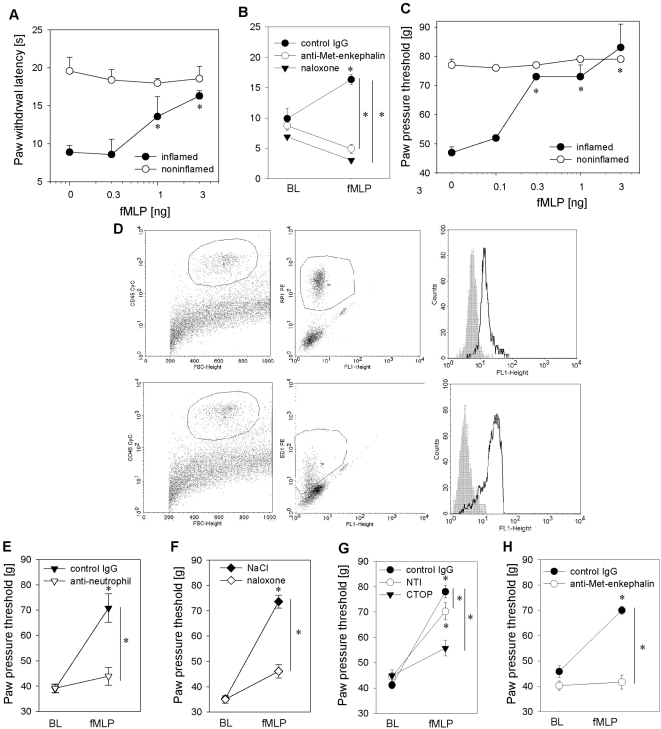Figure 3. Formyl peptides inhibit inflammatory pain through release of opioid peptides from neutrophils.
[A, C] Rats received intraplantar injections of fMLP into inflamed paws (2 h post complete Freund's adjuvant: filled circles; noninflamed paw: open circles). Paw withdrawal latency [A] or paw pressure thresholds [C] were determined 5–7 min after injections (n = 5–6, * p<0.05 one way ANOVA, Duncan's and Dunnett's method, respectively as well as p<0.001 linear regression analysis for dose-dependency of fMLP-induced analgesia). [B] Two hours post complete Freund's adjuvant rats received intraplantar fMLP (3 ng) together with either control IgG (filled circles), antibody against Met-enkephalin (open circles) or naloxone. Paw withdrawal latency was measured 5–7- min thereafter (baseline, BL; n = 6;* p<0.05 one way ANOVA, Duncan's method). [D] Subcutaneous paw tissue was analyzed for FPR expression by flow cytometry. Cells were first gated on CD45+ hematopoetic cells (left panel) followed by gating on RP1-PE+ neutrophils (upper middle panel) or ED1-PE+ macrophages (lower middle panel). Staining with fMLP-FITC (solid lanes) was analyzed in comparison to unstained controls (grey histograms) (right panel). [E] Systemic neutrophil depletion by intravenous injection of anti-neutrophil serum 18 h before induction of inflammation (anti-neutrophil, open triangles; control: rabbit IgG, closed triangles; n = 6, * p<0.05 one way RM ANOVA, Duncan's method) abolished fMLP-induced analgesia. [F–H] Similarly, concomitant intraplantar injection of fMLP with either the opioid receptor antagonist naloxone ([F] 0.56 ng, open diamond, control: solvent, filled diamond; n = 6, * p<0.05 one way ANOVA, Dunnett's method), CTOP ([G] 50 µg, filled triangles), NTI ([G] 20 µg, open circles; n = 6, * p<0.05 one way ANOVA, Student–Newman-Keuls) or anti–Met-enkephalin antibody ([H] 1.25 µg open circles; control: rabbit IgG, filled circles; n = 4–5) resulted in significant inhibition of analgesia (* p<0.05 one way ANOVA, Duncan's method). All data are means±SEM.

